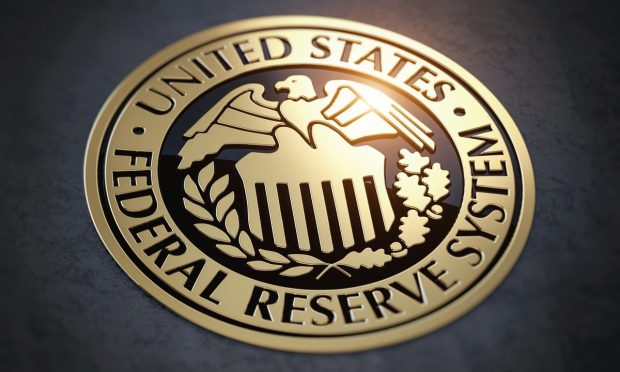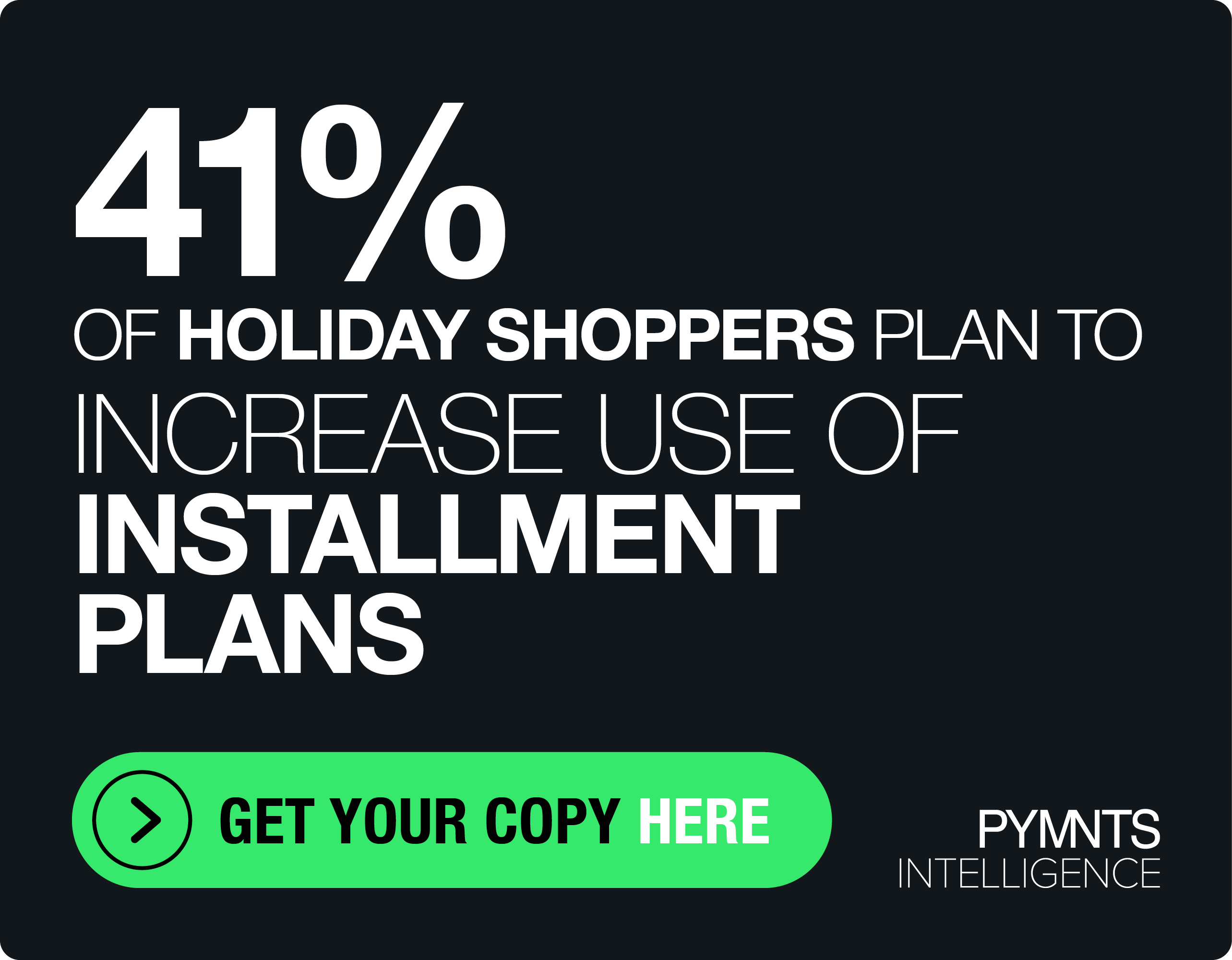Fed’s Plan to Expand Access to Payments System Raises Questions

On Tuesday, the Federal Reserve published an updated proposal for its guidelines to evaluate requests for accounts and services at Federal Reserve Banks. The new proposal, which adds a new chapter to the original guidelines published in May 2021, creates a tiered system based on the risks that an institution may pose to the financial system.
Financial institutions interested in obtaining payment services including ACH, cash, check and wires can open an account or receive services from the Federal Reserve. But to be eligible, financial institutions must meet certain requirements. The proposed guidelines seek to provide more information and clarity about how requests to access the Federal Reserve accounts will be assessed. The latest update responds to the need to adapt to new financial technology companies that offer new payment methods, including cryptocurrencies.
“With technology driving rapid change in the payments landscape, the proposed guidelines would ensure novel requests for access to Federal Reserve accounts and payment services are evaluated consistently and transparently to ensure a safe and innovative payment system,” said Governor Lael Brainard.
The original proposal was intended to ensure that Reserve Banks apply a transparent and consistent set of factors when reviewing access requests. It contained six principles. The first principle specified that access requests will only be considered from institutions that are legally eligible for access to Reserve Bank accounts and services. The remaining five principles addressed specific risks, ranging from narrow risks (such as risk to an individual Reserve Bank) to broader risks (such as risk to the U.S. financial system). For each of these five principles, the original proposal set forth factors that Reserve Banks should consider when evaluating an institution’s access request against the specific risk targeted by the principle.
After a public consultation, the Federal Reserve decided to further clarify the guidelines and established a tiered system where federally-insured institutions will get a more expedited application system, while requests from non-federally insured institutions will be subject to more extensive due diligence.
The submissions to the public consultation already showed the contrasting views between traditional banks, which would like to limit access to the Federal Reserve accounts, and some FinTechs or institutions using crypto assets who are not satisfied with the discretionary power Federal Banks still have.
The new tiered system offered some information to classify institutions based on whether they are federally-insured or not, but it still rests on the original proposal to determine the amount of risk that an institution may pose.
This classification is likely to be useful for federally-insured institutions, as this offers a “fast-track” mechanism to their requests — but for other institutions, it only adds more uncertainty about how long their requests to access the Central Bank’s payments system could take, and even if they may eventually be approved or denied.
The original guidelines, and now this updated guidelines, left wide discretion to individual Reserve Banks to decide on the request based on broad six principles. While this may be good practice for the regulator to have enough room for each decision, it may miss one of the crucial goals of any guidelines: to provide clarity. Instead of containing specific elements to assess the risk of an institution, the principles referred to in the text include “sound financial conditions” or “sound governance arrangements,” just to name a few, and it is for the Reserve Bank to “consider,” “assess” or make a “judgment.” This may be too open to interpretation, and for non-federally insured institutions, may represent additional time to explain their internal procedures to regulators.
This effort from the Federal Reserve is a step forward in bringing institutions with novel payment methods closer to the Central Bank´s payment system. However, at the same, it is not a substantial change from the original proposal which left many questions unanswered for FinTechs and others about how their requests will be assessed.
Sign up here for daily updates on the legal, policy and regulatory issues shaping the future of the connected economy.
